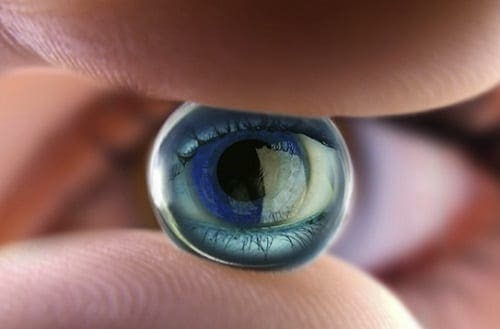Safe driving requires a combination of good vision, adequate visual field, ability to spread attention over the field of view, and motor skills. While protecting your eyes from UV is important, let’s not forget about how well you need to be able to see overall. Visual inputs are essential for driving a commercial motor vehicle (CMV). It is difficult to provide rigorous scientific evidence for the level of vision required for safe driving because driving is a highly complex task.
Currently, the FMCSA provides guidance with their vision standard that requires drivers to have:
- A distant visual acuity of at least 20/40 in each eye without corrective lenses or visual acuity separately corrected to 20/40 or better with corrective lenses;
- A distant binocular acuity of at least 20/40 in both eyes with or without corrective lenses;
- A field of vision of at least 70 degrees in the horizontal Meridian in each eye;
- The ability to recognize the colors of traffic signals and devices showing standard red, green, and amber.
 Can I wear contact lenses to do the vision test?
Can I wear contact lenses to do the vision test?
You are permitted to wear contact lenses provided you’re used to wearing them and have a good tolerance for wearing contacts. Be aware that monovision is a disqualification, so use of a contact lens in one eye for distant visual acuity and another lens in the other eye for near vision is not acceptable.
I am legally blind in one eye from an injury? With documentation from my eye specialist, can I pass the DOT physical?
This type of injury will require documentation. If you are going to drive only within your state borders, it will be easier. Just check with your DMV to see what the states rules and regulations are. To pursue an interstate medical card will require an exemption that you can only get from the FMCSA.
Can I still get a medical certificate if I have a medical condition that is being treated by a physician?
The decision is made by the Medical Examiner. The examiner may request information about the driver’s condition from their treating doctor. In general, certification is permitted if the driver does not have a condition, use medication or receive treatment that impairs safe driving.
May a driver who has non-insulin treated diabetes mellitus (treated with oral medication be certified for 2 years?
In all cases, clinical judgment is required. The Medical Examiner decides if the driver’s diabetes is adequately controlled, which determines certification, length of certification or disqualification. FMCSA guidelines recommend performing annual examination for vision, neurological function and cardiovascular disease, including hypertension. In general, the diabetic driver should have annual re-certification examinations.
Originally Posted on Idealease Safety Bulletin

